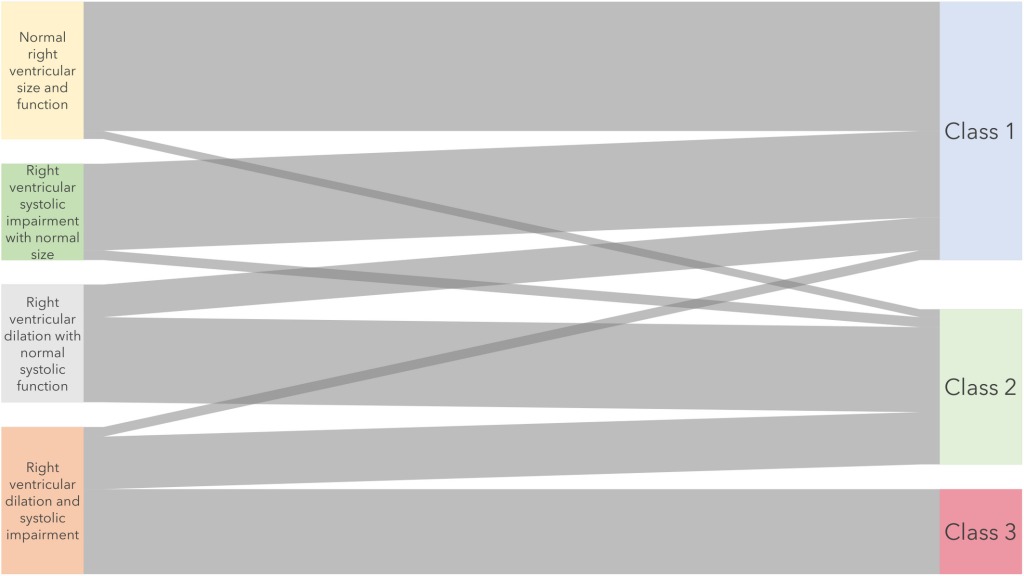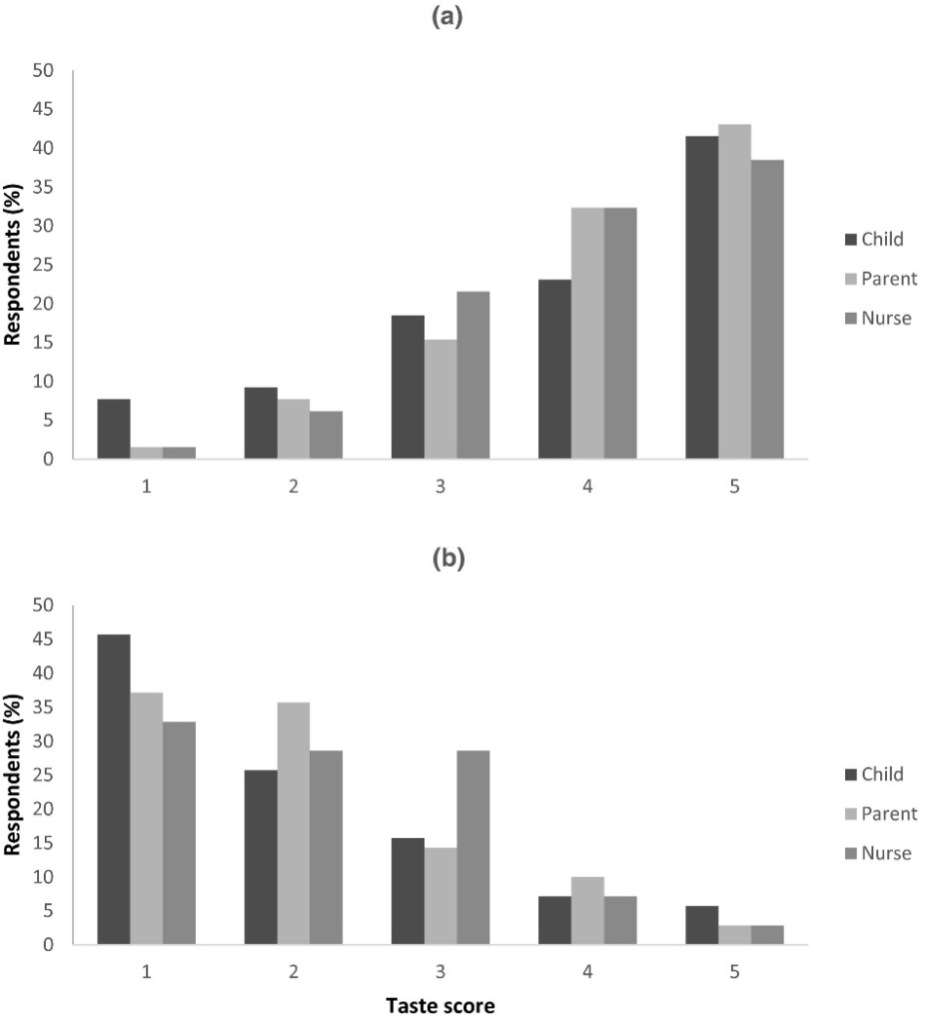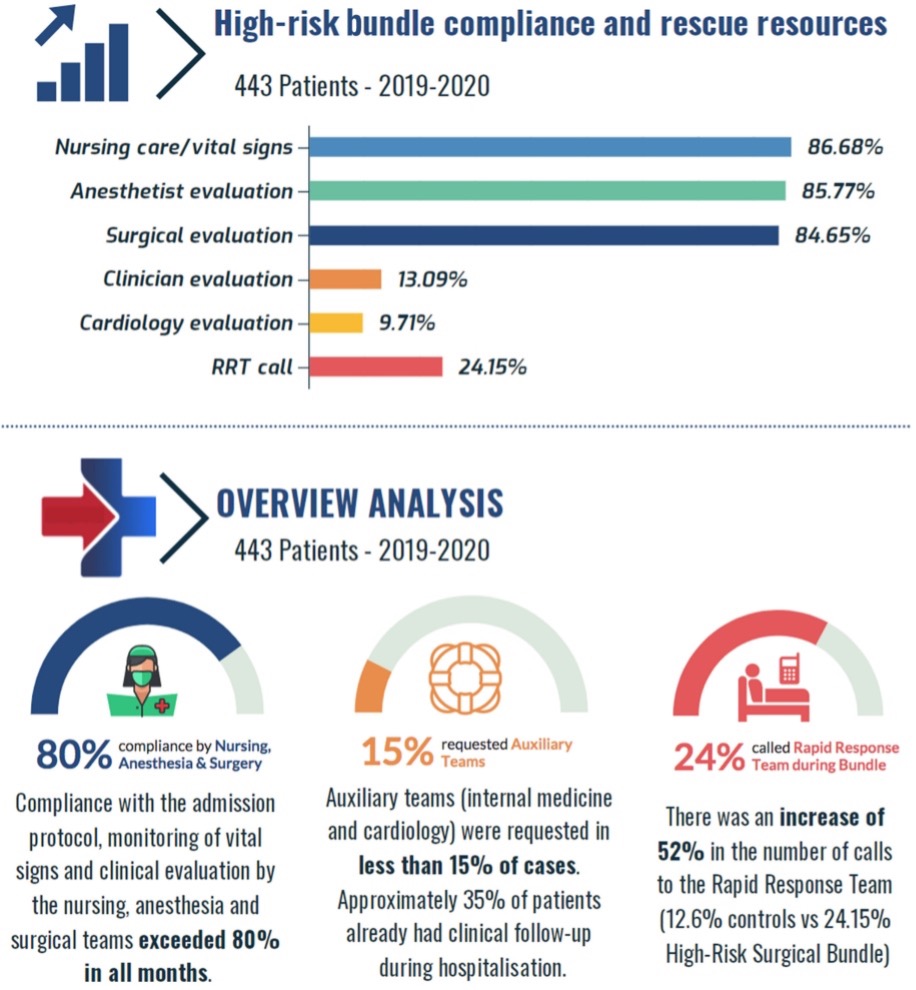This month, we are delighted to publish our new special selection of review articles on emergencies in anaesthesia. Some of these reviews appear in the October issue and the others on Early View and in future issues. All are free to access for all, forever!
First, Matt Wiles lists the evidence for airway management strategies in patients with suspected or confirmed traumatic spinal cord injury. He discusses: airway manoeuvres; manual in-line stabilisation; cricoid force; direct and indirect laryngoscopy; flexible bronchoscopy; and the associated risks of tracheal intubation. Overall, the risk of spinal cord injury during tracheal intubation appears to be minimal even in the presence of gross cervical spine instability. The evidence supporting practice choices is difficult to generalise to clinical practice, and practitioners should choose the tracheal intubation technique with which they are most proficient in the circumstances.
Spoelder et al. discuss the transport of the patient with trauma, which is a complex process influenced by many factors. Immediate and precise identification of injury severity, with correct prioritisation of medical treatment and identification of the best mode of transport from accident scene to definite care, may impact morbidity and mortality. Edelman et al. bring together the last 5 years of studies reporting the prevalence and commonality of non-technical skills and human factors in airway management guidelines. They found that human factors were generally well represented in airway management guidelines but that further considerations are necessary for future clinical guidelines. McCahill et al. describe high quality basic care for the acutely unwell child, as well as advancements in the field which address issues around low case exposure and maintaining skills in different settings. Anaesthetists play a key role in the team of clinicians caring for sick children, which can be complex. Developments in training, cognitive aids, knowledge sharing and addressing human factors are vital to keep a workforce ‘paediatric ready’ to deal with these important emergencies.
Prior et al. review six areas of obstetric emergencies: category-1 caesarean section; difficult and failed airway; massive obstetric haemorrhage; hypertensive crisis; emergencies related to neuraxial anaesthesia; and maternal cardiac arrest. They point to a need for more multidisciplinary training and simulation and outline the central role of obstetric anaesthetists in enhancing a culture of peri-delivery safety. Gottesman et al. review the concept of frailty, its epidemiology and approaches to evidence-based peri-operative management in the setting of emergency non-cardiac surgery. In the future there should be: specific focus on applying shared decision-making in time limited emergency surgery situations; optimal multidisciplinary peri-operative care pathways; effective frailty-friendly analgesic regimens; and effective physical and cognitive recovery after surgery. Finally, Shah et al. review the past, present and future of major haemorrhage. They discuss: mechanisms; transfusion support; blood components; ratios; pharmacological interventions; monitoring; and directions for future research (Fig. 1).

In the October issue, Sajayan et al. present their analysis of a national difficult airway database (Fig. 2). They find that unanticipated difficult airway management continues to occur despite airway assessment, and the rate of critical incidents in this cohort of patients is high. As has been reported before, there is still insufficient utilisation of safe techniques such as awake tracheal intubation when a difficult airway is anticipated. In the associated editorial, Smith and Rosenstock ask whether difficult airway cards help if practice doesn’t change?Anticipating airway management difficulties is an imperfect science, but we must better match the available techniques with patients identified or predicted to be at risk.

This new prospective study from Kohse et al. has been extremely well received already on social media, with over 500 likes for one tweet! They developed a multivariable model and score that associates intubation-related characteristics with subsequent issuing of a difficult airway alert after videolaryngoscopy, tailored to be used as a classification tool to grade difficult videolaryngoscopic intubation (Fig. 3). It demonstrates high discrimination and even outperformed the Cormack–Lehane classification. Will you be using it?

In addition, we have: a systematic review of the analgesic benefits of the quadratus lumborum block in total hip arthroplasty; a review of mechanical ventilation in patients receiving extracorporeal membrane oxygenation; a study of nocebo language in anaesthetic patient written information; a randomised controlled trial of interscalene block with 10 ml or 20 ml levobupivacaine 0.25% in patients undergoing arthroscopic shoulder surgery; and a study of the measurement of aerosols using a real-time sensor network.

Shelton and Kearsley provide their top tips on how to write and publish a case report in anaesthesia and peri-operative medicine. This article is a must for anyone wishing to write about their interesting cases and achieve publication in a high-quality journal such as Anaesthesia Reports! We hope you enjoyed the recent Annual Congress 2022 meeting in Belfast as we did. Here are those top 10 article from 2021, which are all free to download forever. Congratulations to the COVIDSurg collaborative, who achieved three spots in the countdown, including paper of the year!


Mike Charlesworth and Andrew Klein









































You must be logged in to post a comment.